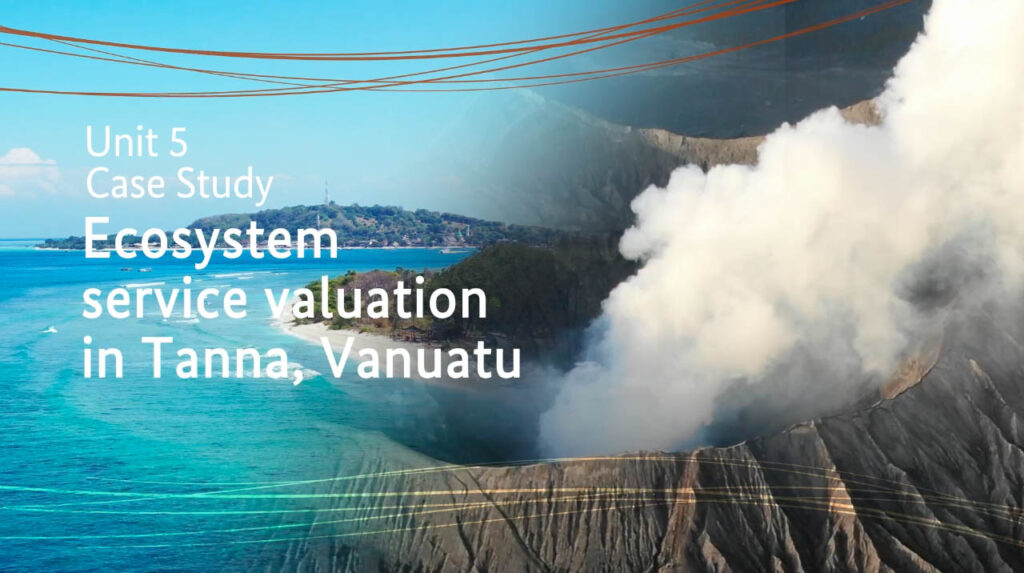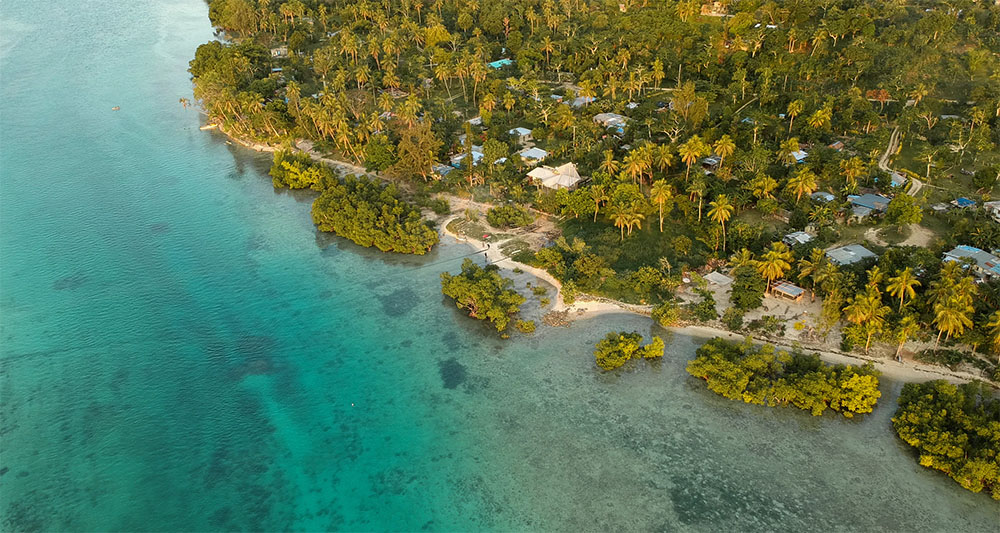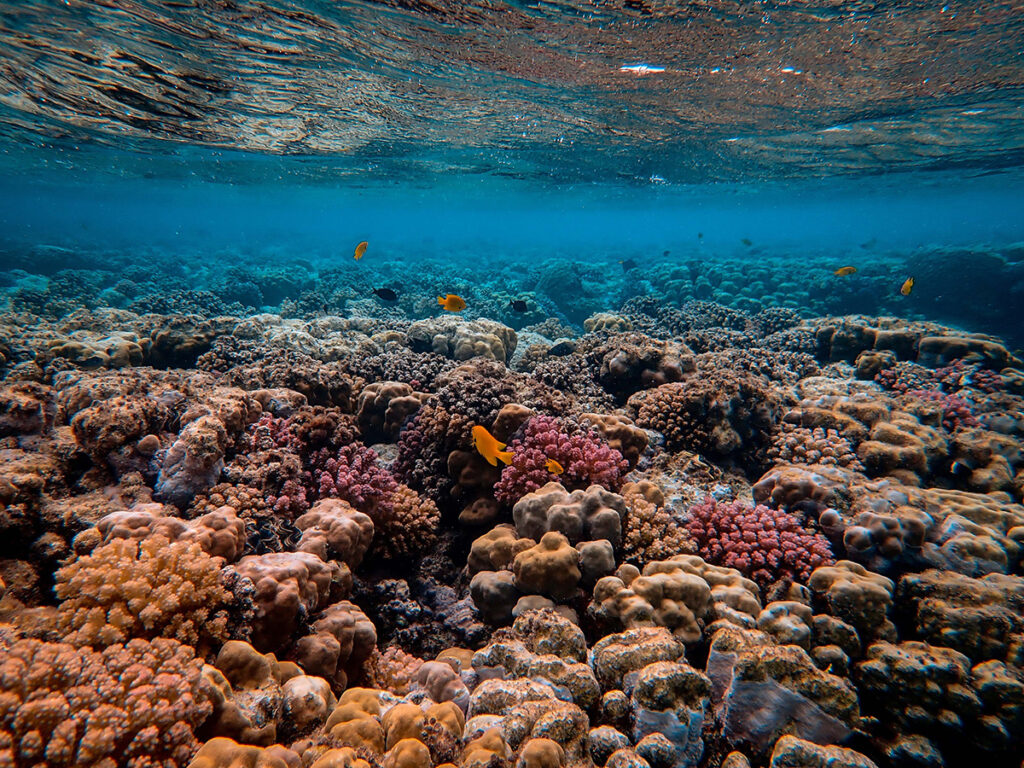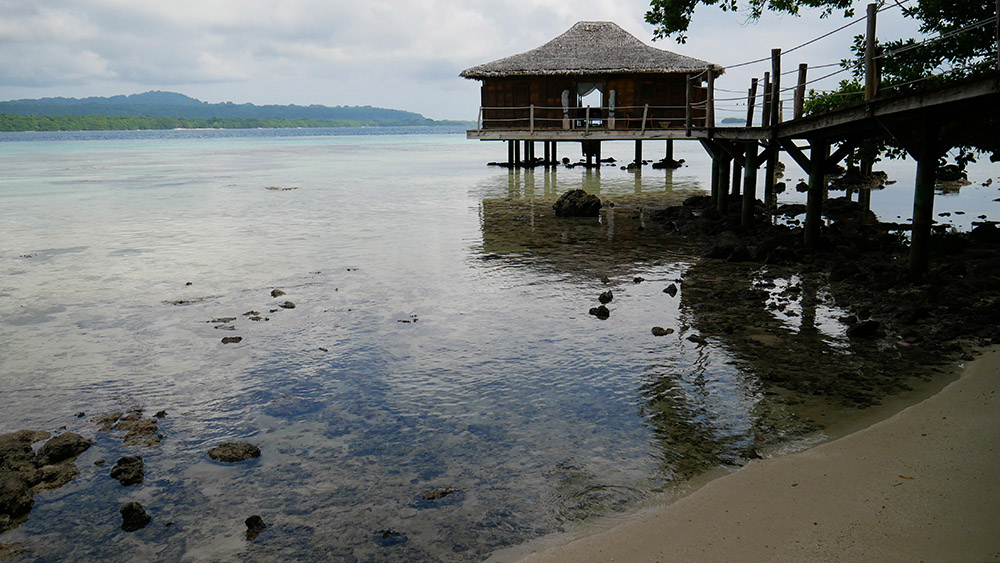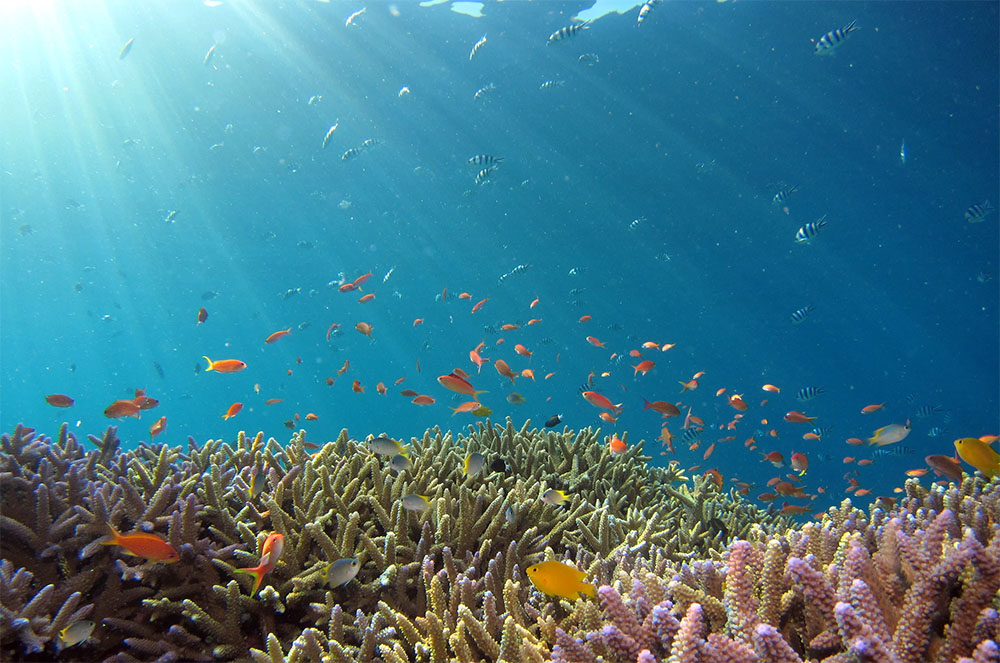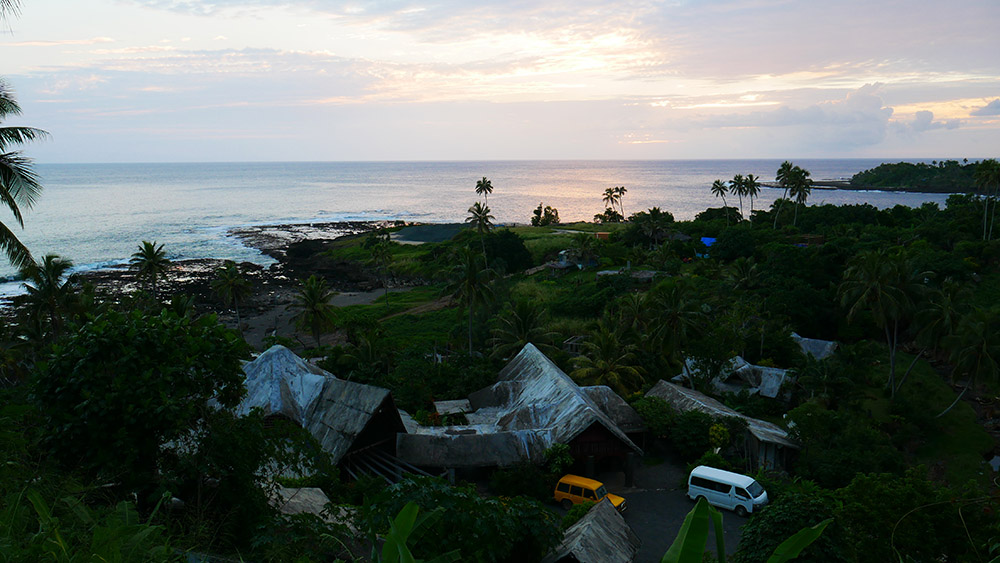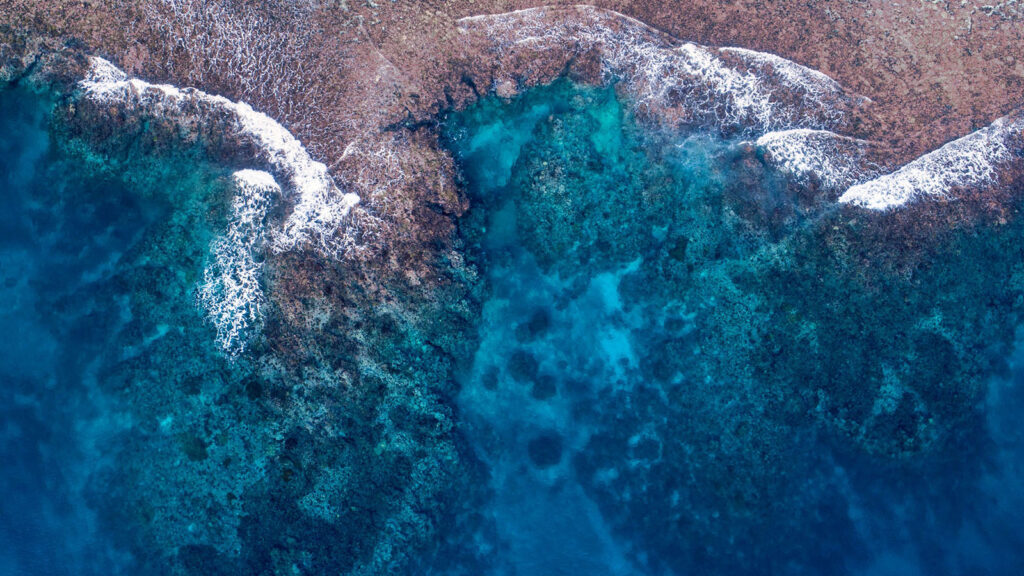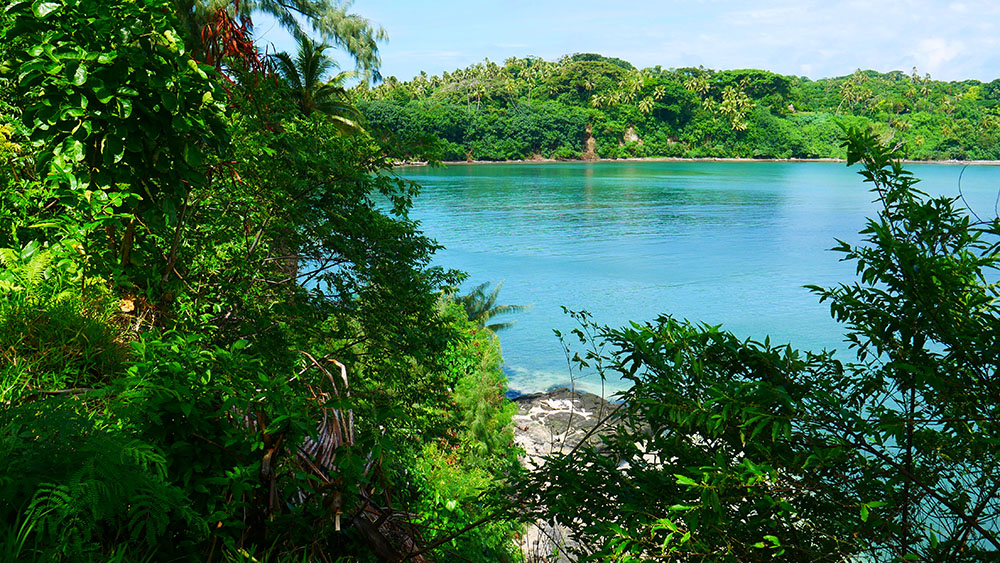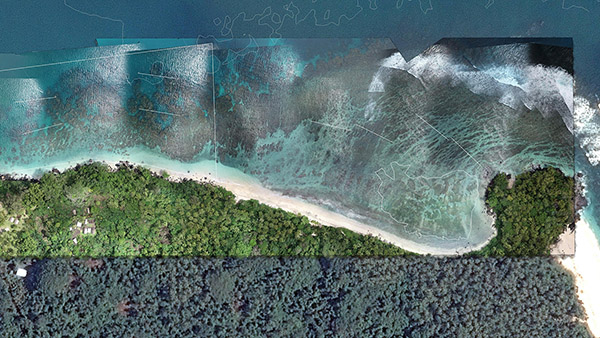
Integrated assessment
Using a systems approach to understanding adaptation
Integrated assessment
A feature of the Pacific EcoAdapt project is the integrated approach to the research which involved bringing together multi-disciplinary teams to assess the whole system - people, ecosystems and economies and how they will be impacted by climate change and benefited by an Ecosystem-based approach to adaptation (EbAEbA Ecosystem-based adaptation - an adaptation approach to climate- and environmental-change which primarily deploys ecosystems and ecosystem functions to mitigate risks from hazards.).
Key findings and recommendations for supporting and embedding integrated approach to EbA in practice
- The lack of scientific knowledge, the uncertainty associated with climate science and future risks from natural hazards, and the political sensitivities in dealing with climate change should not continue as a barrier to effective adaptation and delay the implementation of robust measures of adaption action to climate change. Our findings show that adaptation interventions could be more effective and successful when the full suite of potential and feasible strategies is evaluated and integrated into the planning process.
- Identification and assessment of adaptation options for coastal communities require an integrated assessment of climate change impacts on coastal processes, risks to coastal ecosystem condition and services, impacts on human settlements and implications for activities such as coastal agriculture and fisheries. Employment of an integrated approach can support developing a holistic adaptation planning framework that should ensure all assessments and modelling requirements as well as potential adaptive responses and opportunities. Thus, using an integrative approach increases the chance of successful execution of adaptation plans.
- Model integration such as SD, BN and GIS is useful for conducting long-term risk assessments where there is a high degree of uncertainty with the scenario input parameters, and GIS allows decision-makers to instantly visualise the impacts of various scenarios at various scales (i.e. local, regional, and country). Consequently, an integrated systems approach provides a suitable platform for integrating multidisciplinary research efforts to identify and assess adaptation options to address the adverse impact of climate change.
- Another important finding is that climate change impacts are the leading factors in coral reefs regime shift. Preserving coral reef ecosystem servicesecosystem services Ecosystem services are the goods and services provided by nature which are experienced as or transformed into benefits for human society. They are generally classed as 'provisioning' (material things that are consumed), 'regulating' (non-material benefits derived from habitat functioning), and 'cultural' (non-material benefits obtained from an experience of nature, including tourism). needs integrated global and local efforts. The coral reefs’ resilience would be threatened severely by 2070 in the absence of adaptation strategies. Tourism and fishing are the most vulnerable services provided by Tanna' coral reefs. Community-based or Kastomkastom Kastom is a pidgin word (Bislama/English) used to refer to traditional culture, including religion, economics, art and magic in Melanesia. The word derives from the Australian English pronunciation of 'custom'. Kastom is mostly not written, only passed down through teachings and stories and includes places, stories, objects and animals and plants.-oriented solutions can foster the resilience of coral reefs.
- Our research also reveals that Ecosystem-based approaches (EbA) offer multiple benefits and have the potential to integrate adaptation priorities with development processes tackling many issues threatening the most vulnerable countries and communities. Combining all EbA interventions (e.g. forest-based and the marine-based community conservation areas) has great potential to generate the greatest increase in wellbeing.
- Our research also reveals that Ecosystem-based approaches (EbA) offer multiple benefits and have the potential to integrate adaptation priorities with development processes tackling many issues threatening the most vulnerable countries and communities. Combining all EbA interventions (e.g. forest-based and the marine-based community conservation areas) has great potential to generate the greatest increase in wellbeing.
Our research has also demonstrated that EbA interventions are effective to improve the baseline wellbeing value in all case study locations Vanuatu by either directly improving the integrity of Vanuatu’s
Publications and resources related to integrated assessment
The studies outlined below consider EbA from an integrated perspective and involve a mix of a range of dynamic and participatory modelling involving a range of stakeholders including government and community members.
